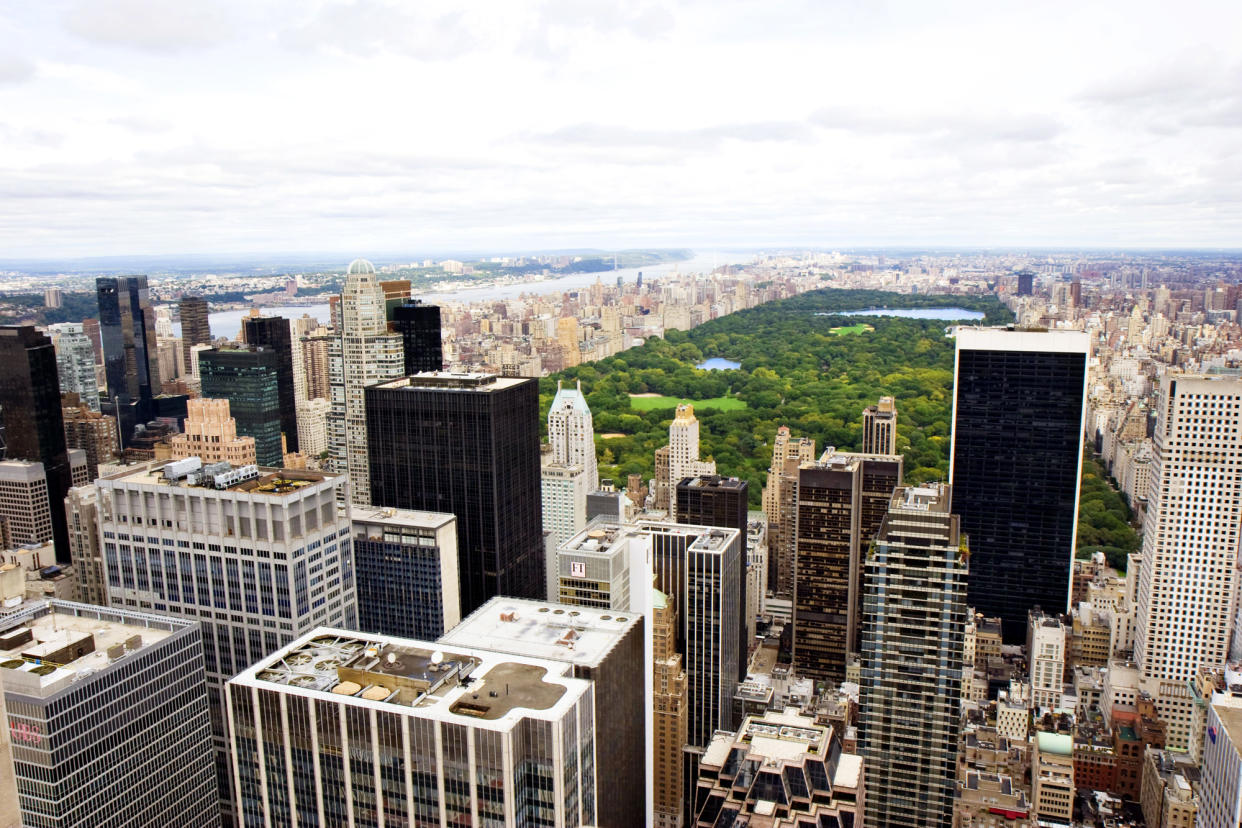New York City to ban cars in Central Park: ‘This was not its purpose — it was built before automobiles’

New York City Mayor Bill de Blasio is banning cars from entering Central Park this summer, and opting to return the roadways in the 800 acre park to pedestrians and cyclists.
Mr de Blasio announced his decision Friday as a part of the city’s efforts to cut down on traffic accidents and air pollution in the park, which is America’s most-visited urban park.
“This was not the purpose of this park, to be built for automobiles. Literally, it was built before there were automobiles,” Mr de Blasio told reporters. “It was built for people.”
The ban will take effect 27 June, opening up the roads to only the 42 million visitors who visit the park to enjoy its diverse set of attractions that include a zoo, boating lakes, event spaces, and a reservoir.
The new ban expands a previous limitation on motor vehicles in the park from 2015, which cut off access to the loop drives found in the northern portion of the park, which stretches from 59th street in Midtown Manhattan all the way up to 100th street.
“There’s gonna be a kind of peace and sense of security that wasn’t there before,” Mr de Blasio said.
Mr de Blasio has made reducing pedestrian traffic fatalities a priority of his administration as a part of his Vision Zero initiative, which aims at improving street safety, and cutting down on traffic crashes in general.
The program has had success, too. The city has seen a decline in pedestrian deaths in recent years, and Mr de Blasio has announced that there were the fewest number of traffic fatalities on record in 2017.
While the National Highway Traffic Safety Administration reports that there was a 13 per cent increase in traffic fatalities across the nation between 2013 and 2016, New York has seen declining pedestrian and traffic fatalities. All traffic fatalities dropped by 28 per cent during that same time period, and pedestrian deaths dropped 45 per cent during that same period.
“Vision Zero is working. The lower speed limit, increased enforcement, and safer street designs are all building on each other to keep New Yorkers safe,” Mr de Blasio said in a January press release. “Now we must deepen this work. Not even a single tragedy on our streets is acceptable, and we’ll keep fighting every day to protect our people.”
All told, Vision Zero saw a drop from 299 deaths in 2013 to 214 in 2017, according to the New York City Department of Transportation. There were 184 pedestrian fatalities in 2013, and 101 pedestrian fatalities in 2017 — a significant drop from even the year before, when 148 such fatalities were logged.

 Yahoo News
Yahoo News 
